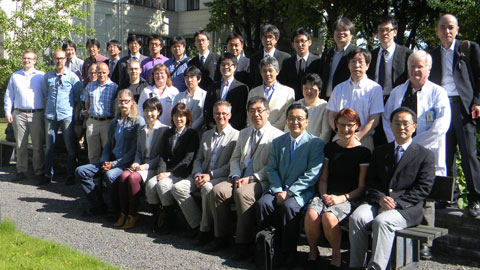Comprehensive PET Imaging of the Blood Flow
A group of researchers from the University of Turku and National Cerbral & Cardiovascular Center, Osaka, Japan, are searching a way to image the blood flow in different human organs and the function of the tissues with PET equipment.

At the moment, the blood flow of single organs can be studied, but the aim of the expert’s is to get a complete picture.
- Our goal is to find ways, which wouldn’t study the blood flow and function of the tissues just in one organ such as the heart but also in the muscles, intestine, liver and brain at the same time, Juhani Knuuti, Director of the Turku PET Centre of the University of Turku, gives an example.
The Academy of Finland awarded the researchers of Turku a three-year grant for the development work done in collaboration with the Japanese team. The grant is 120 000 euro per year. Also, the Japanese received funding for the project in their home country.
Fruitful Collaboration
A group of 20 researchers from the National Cerbral & Cardiovascular Center, Osaka, visited Turku at the beginning of August.
- Actually, we have stated the collaboration with the Director of the research group Hidehiro Iida already in the year 1992. This project was launched in May and during the visit we defined together more specific action plan, Knuuti tells.
In Turku, the experts of both countries presented their research activities in an open scientific seminar. Also, they participated in a joint work shop, where they focused on the imaging project.
Supporting the Follow-up of Treatments
PET research has significantly improved the research of heart and cerebral blood circulation diseases and cancers. However, several tissue and organ specific problems are still unsolved.
The blood circulation in organs is critical for the functioning of the cells. If the researchers from Turku and Osaka succeed, the blood circulation can be measured outside the organs without infringement more easily than before. This would help to develop new diagnostic methods and tools for the follow-up of treatments.
Text: HB
Photograph: Turku PET Centre